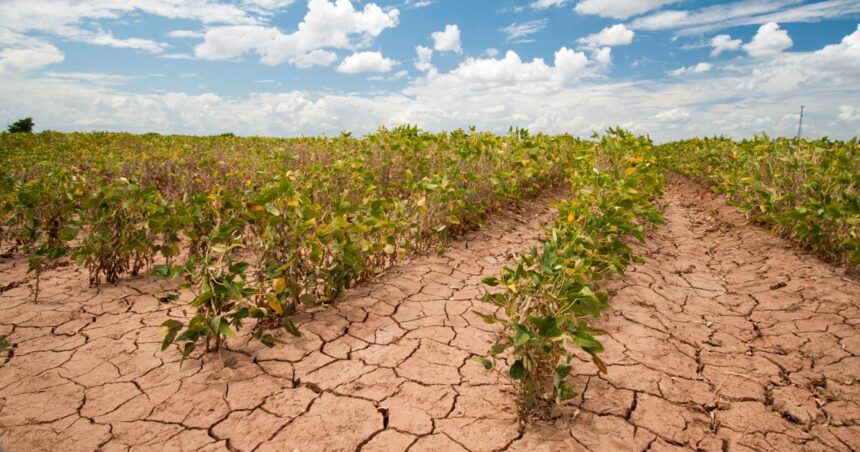As the effects of climate change take course on farming, the farmer is left with difficult choices to make and does not have much time. Despite the obvious effects of climate change such as prolonged droughts, pests and diseases also seem to take advantage of the drastic changes in weather patterns.
In fact, volatile weather is a hallmark of climate change and can manifest in any number of ways – droughts, floods, severe storms, heatwaves, cold snaps, and frosts.
Experts believe that extreme weather events are expected to increase in frequency as the Earth’s atmosphere warms. Farmers in Eastern and Southern Africa are already experiencing the effects.
In 2016, the region saw the most severe drought in decades, which dramatically reduced harvests and left many families hungry.
Changes in temperatures and moisture conditions can allow crop diseases and pests to migrate into new areas. Recently, Sub-Saharan Africa has witnessed the spread of fall armyworms, an invasive caterpillar that can devastate maize yields when left unchecked.
We still don’t know for sure what caused this outbreak, but some scientists have linked its spread to climate change. We need not mention the recent locust outbreak, which led to vast tracts of crops destroyed in Namibia and other countries.
Experts predict that average global temperatures are expected to rise over the coming decades, which could lead to desertification and smaller harvests in Sub-Saharan Africa.
If global temperatures increase by four degrees Celsius by the year 2100, maize yields in some African countries will probably decline by more than 20%, according to a study published last year.
Agriculture is critical to Africa’s growth and development, but climate change could destabilise local markets, curb economic growth, and heighten the risk for agricultural investors. Climate change is expected to make agricultural development in Africa more challenging.
Weather patterns are becoming less favourable in many instances, increasing the volatility of crop and livestock yields.
The frequency and/or severity of extreme events is increasing as temperatures are projected to continue rising, and rainfall patterns are expected to shift more than they have already.
Overall, Africa is vulnerable because, for many of its crops, it is at the edge of physical thresholds beyond which yields decline. Moreover, a substantial portion of some countries’ economies depends on agriculture.
In addition, some aspects of adaptation may be challenging. For example, African farmers are generally more vulnerable to higher temperatures, fluctuations in rainfall, and variable yields than farmers in developed countries, who can usually more easily secure crop insurance, adjust what they plant, irrigate their fields, or apply crop protection chemicals and fertilisers.
Higher volatility in the yields of major African food crops is likely to result in higher price volatility for both farmers and consumers. African countries are already working to counteract growing volatility, but better, more localised planning and financial mobilisation will be key.
Modernising Africa’s agriculture in the face of a changing climate will require significant investment. Investments in irrigation can increase the likelihood that farmers maintain yields even when the weather is unfavourable. Better roads can help connect markets, which would help farmers sell their crops at fair prices. Improvements in the functioning of seed production systems would provide farmers with new varieties of seed that are suited to new conditions.
Upgraded crop-storage facilities would prevent spoilage and food waste. Overall, successful adaptation may depend primarily on changes in farmers’ behaviour; the use of improved inputs such as fertiliser and better seeds; and institutional improvements (for example, localised, commodity-specific forecasts); as well as the collaboration of affected stakeholders on certain adaptation measures. Until then…


